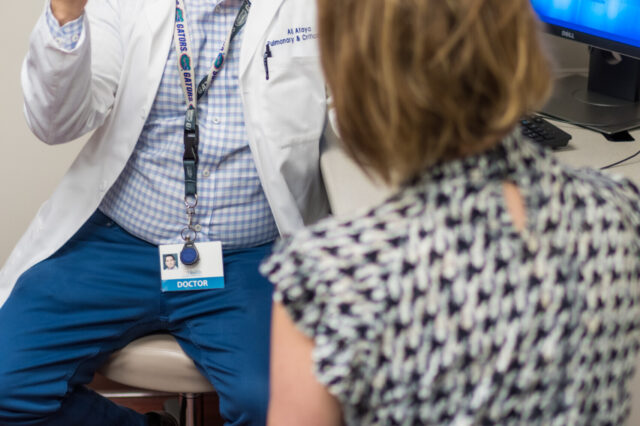Definition
Telangiectasias are small, widened blood vessels on the skin. They are usually harmless, but may be associated with several diseases.
Alternative Names
Vascular ectasias; Spider angioma
Causes
Telangiectasias may develop anywhere within the body. But they are most easily seen on the skin, mucous membranes, and whites of the eyes. Usually, they do not cause symptoms. Some telangiectasias bleed and cause significant problems. Telangiectasias may also occur in the brain or intestines and cause major problems from bleeding.
Causes may include:
- Rosacea (skin problem that causes the face to turn red)
- Aging
- Problem with genes
- Pregnancy
- Sun exposure
- Varicose veins
- Overuse of steroid creams
- Trauma to the area
Diseases associated with this condition include:
- Ataxia-telangiectasia (disease that affects the skin, balance, coordination, and other areas of the body)
- Bloom syndrome (inherited disease that causes short stature, skin sensitivity to ultraviolet rays of the sun, and redness of the face)
- Cutis marmorata telangiectatica congenita (skin disease causing patches of redness)
- Hereditary hemorrhagic telangiectasia (Osler-Weber-Rendu syndrome)
- Klippel-Trenaunay-Weber syndrome (disease that causes port-wine stain, varicose veins, and soft tissue problems)
- Nevus flammeus such as port-wine stain
- Rosacea (skin condition that causes redness of the face)
- Sturge-Weber disease (disease that involves port-wine stain and nervous system problems)
- Xeroderma pigmentosa (disease in which the skin as well as the tissue covering the eye are extremely sensitive to ultraviolet light)
- Lupus (immune system disease)
- CREST syndrome (a type of scleroderma that involves the buildup of scar-like tissue in the skin and elsewhere in the body and damages the cells that line the walls of small arteries)
When to Contact a Medical Professional
Call your health care provider if you notice enlarged vessels in the skin, mucous membranes, or eyes.
What to Expect at Your Office Visit
The provider will perform a physical exam and ask about your symptoms, including:
- Where are the blood vessels located?
- Do they bleed easily and without reason?
- What other symptoms are present?
Tests may be needed to diagnose or rule out a medical condition. Tests may include:
Sclerotherapy is the treatment for telangiectasias on the legs. In this procedure, a saline (salt) solution or other chemical is injected directly into the spider veins on the legs. Laser treatment is typically used to treat telangiectasias of the face.
References
Kelly R, Baker C. Other vascular disorders. In: Bolognia JL, Schaffer JV, Cerroni L, eds. Dermatology. 4th ed. Philadelphia, PA: Elsevier; 2018:chap 106.
Patterson JW. Vascular tumors. In: Patterson JW, ed. Weedon's Skin Pathology. 5th ed. Philadelphia, PA: Elsevier Limited; 2021:chap 39.




